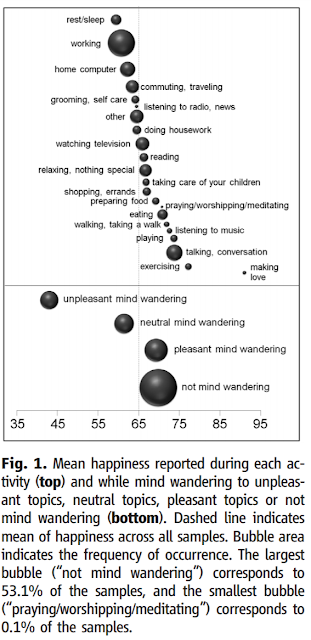Education in the OECD
Economic theory and empirical research stresses how
important human capital is for economic growth and society’s welfare. The more
educated and productive individuals are, the richer and freer societies are. In
order to know the potential economic growth, then, it’s key to measure and
compare human capital among countries and regions. Yet, human capital is by
definition very hard to measure, by human capital economists mean knowledge, imagination,
creativity…
The simplest way to measure human capital is by measuring
knowledge in a very specific field. This is what the OECD does every year in a survey
to adults of 22 countries. The survey includes reading and mathematical
questions and the results of which always draws a lot of attention.
The last results were published in a report back in
September and proved to be very interesting. The report compared the literacy
level with variables such as educational attainment, unemployment and earnings.
One of the most striking results is how different literacy
and maths levels are in each country. In fact, the average 18 years old
teenager in Japan, Finland and the Netherlands has a higher literacy and maths
level than the average post-graduated in Spain or Italy (post-graduates younger
than 35) and, even more surprisingly, even the average 16 years old teenager in
Japan has a similar literacy and maths level than the average the average
post-graduated in Spain or Italy.
The incentives to study tertiary education are also very different
on a country basis (incentives as earnings and without taking into account education
costs). The average post graduate worker in Chile, Brazil and Hungary
doubles the average salary of a worker with upper secondary studies.
But if we assume free international labour markets, the best
thing you could do if you are a post-graduate worker is to move to US on the
other hand if you are a worker with below upper secondary education then move
to Denmark.





Comments